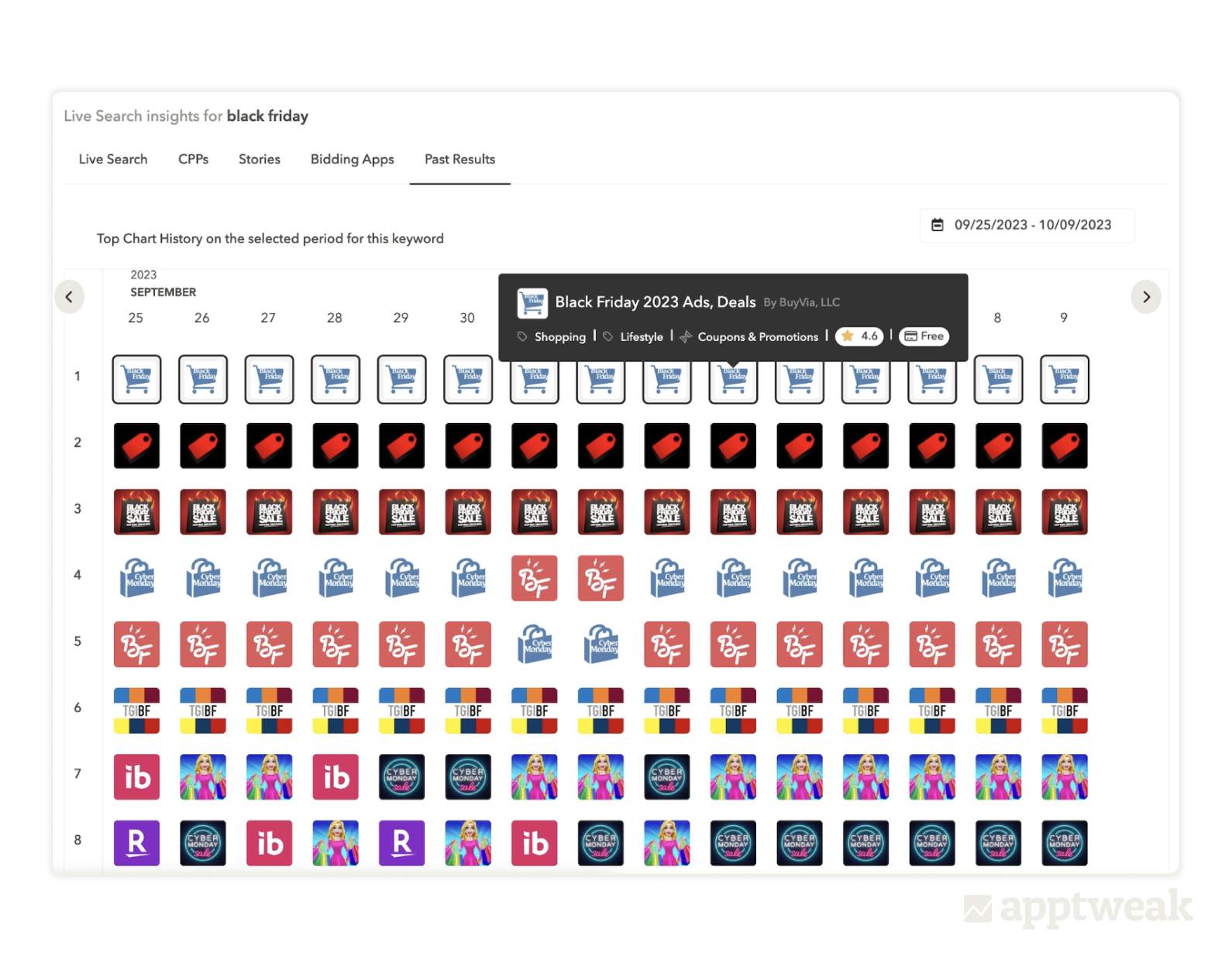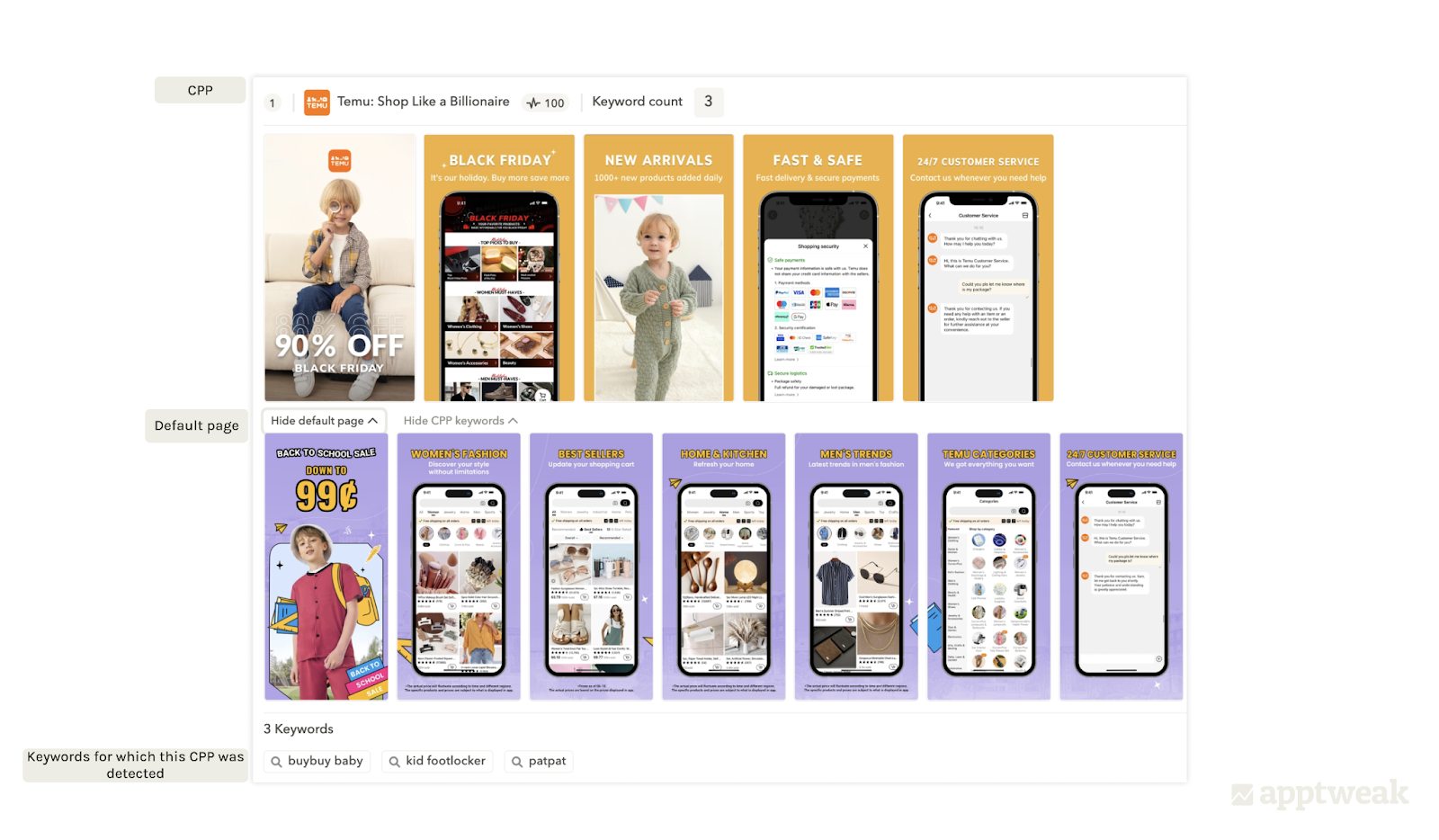In today's digitally connected world, mobile apps have become a fundamental part of our lives. Whether it's for shopping, socializing, working, or entertaining, apps are the gateways to our digital experiences. However, the sheer volume of apps available in the app stores makes it increasingly challenging for app developers to stand out from the crowd.
Here's where App Store Optimization (ASO) and paid acquisition channels join forces for app success. In this blog, we'll explore the importance of combining these two strategies and how they can have a profound impact on your app's growth.
The Synergy Between ASO and Paid Acquisition Channels
ASO and paid acquisition channels are often seen as two distinct paths to app growth. ASO focuses on optimizing your app's presence to improve its visibility within the app stores, while paid acquisition involves investing in advertising to attract users. However, relying solely on one approach can limit your app's potential.
Drive App Growth & Visibility With ASO & Paid Campaigns
ASO works on building a strong organic foundation through meticulous keyword optimization, compelling descriptions, and appealing visuals. This means that users searching for keywords related to your app are more likely to discover it in organic search results.
On the other hand, when you run paid ad campaigns, you can reach potential users right away, especially for competitive or high-value keywords. So you can use paid campaigns to give your app that initial thrust. For instance, if you've just launched a new app or updated an existing one, a paid campaign can generate buzz quickly. Paid acquisition channels allow you to target specific keywords and demographics, enabling you to reach a broader audience right from the start. This quick influx of users can be instrumental in the early stages of your app's life.
While paid campaigns deliver fast results, ASO continues to work in the background. As users engage with your app through paid campaigns and the app's organic ranking improves, it begins to rank higher in organic search results. This not only leads to sustainable, cost-effective growth but also reduces your reliance on paid campaigns over time. Users discover your app organically, and your acquisition costs decrease.
Improving Paid Acquisition Channel Efficiency With ASO
Paid campaigns can be expensive if not managed properly. When combined with ASO, however, your paid campaigns can become more cost-effective
. ASO boosts your app's organic rankings for specific keywords, reducing the necessity for aggressive bidding in paid campaigns. This leads to lower advertising costs and significantly improves your return on investment. It ensures that your budget stretches further and that your app's visibility increases more efficiently.
For example, a fitness app might have been facing the challenge of competing for high-competition keywords like "fitness apps." They needed to bid aggressively to secure visibility in app store search results. So they chose to leverage the potential of ASO.
A thorough keyword research could help them uncover the most relevant keywords for their app. They can then incorporate the high-volume and low-competition keyword “workout routines” strategically into their app store listing (app title, subtitle, and keyword field). By optimizing for this keyword, their app's visibility in organic search results increases. As a result, users can now discover their app more easily without relying on paid ads.
Establish User Trust and Credibility
When users see your app appearing both in organic search results and paid ads, it sends a clear message that your app is trustworthy and credible. This double exposure boosts how potential users view your app. As they come across your app repeatedly in different search results, it builds trust in its reliability.
 First, they trust it in organic results because it's there based on its relevance and popularity. When they spot your app in paid ads, it indicates that it's a worthwhile choice. This leads to more clicks and conversions because users tend to engage with apps they consider dependable. Over time, this cycle helps build a strong reputation, establishing your app as a reputable solution in its niche, which is a key ingredient for its success.
First, they trust it in organic results because it's there based on its relevance and popularity. When they spot your app in paid ads, it indicates that it's a worthwhile choice. This leads to more clicks and conversions because users tend to engage with apps they consider dependable. Over time, this cycle helps build a strong reputation, establishing your app as a reputable solution in its niche, which is a key ingredient for its success.
Leverage Combined Data Insights From ASO & Paid Acquisition Channels
Both ASO and paid acquisition generate valuable data. When combined, they create a powerful synergy, as the data from one strategy complements and enhances the other. This synergy becomes a goldmine of insights for your app's growth.
For example, ASO data can tell you which keywords are driving organic traffic and how users are finding your app naturally. On the other hand, paid acquisition provides data on which keywords are performing well in paid campaigns and the conversion rates associated with them. When you combine these data sources, you gain a comprehensive view of your app's performance across both organic and paid UA channels.
This unified data-driven approach allows you to make more informed decisions. You can identify which keywords consistently drive user engagement, which ad creatives resonate with your audience, and the factors that influence conversion rates. With this information, you can continuously refine your strategies to optimize your app's growth, whether through ASO or paid campaigns, ultimately increasing your app's visibility and user base.
Make the Most of Seasonal Trends
To make the most of seasonal trends using both ASO and paid acquisition channels, you need a strategic approach. Adjust your ASO strategy to include seasonal keywords in your app's title, description, and keywords, making it more visible during the peak season. You’ll also want to update your app visuals to match the time of year, enhancing relevance and appeal. Then, plan and schedule paid campaigns targeting season-specific keywords and demographics.
For example, to leverage the holiday season, a retail app might infuse seasonal keywords like "holiday shopping" into their app metadata to make sure it's visible when users search for holiday-related products. They can also give their app's visuals a festive makeover by updating their app screenshots with season-specific content.
As the holiday season kicks off, the app would now be ready with paid campaigns. They've targeted keywords like "Black Friday deals" and demographics of users looking for holiday shopping discounts. This ensures the app is not only found organically but also prominently featured in search results during the busy shopping season. This combined approach means users actively searching for holiday deals are more likely to find and engage with the app.

Search results history for the keyword “black friday” (2023).
The Synergy of Apple Search Ads and ASO
Apple Search Ads can be a powerful ally to your ASO efforts, and should be leveraged together to boost your app's visibility and downloads. A strong ASO strategy can help generate a lower cost per install (CPI) for your ASA campaigns, while successful ASA campaigns can also help improve your organic visibility, conversion, and keyword rankings.
The synergy between Apple Search Ads and ASO encompasses three key areas:
- Custom product pages (CPPs): CPPs maintain a consistent user experience as users move from Apple Search Ads (ASA) to the App Store. By using CPPs in ASA, you can direct ad group traffic to pages tailored for specific keywords, audiences, and intent.
For example, Temu specifically targets competitor keywords like "BuyBuy Baby" during this high-demand shopping season. By targeting the competitor's keywords, Temu is putting its app in front of users who are actively searching for a similar product or service, in this case, baby products.
This is like setting up shop right next to a busy store on Black Friday — you're where the action is. So, when users come across an ASA ad, it's not a one-size-fits-all message. Instead, it's a personalized ad that precisely matches what the user was searching for.

Temu is running Search Ads targeting specific competitor keywords such as “BuyBuy Baby” with a Black Friday-themed CPP.
- Increasing visibility: When you bid on keywords with ASA, you secure a top spot in the search results your app might not naturally reach. This boosts your app's visibility for those keywords on the App Store. Moreover, if your app gains more downloads through an ASA campaign for a specific keyword, its organic ranking for that keyword improves. The higher your downloads and conversions, the better your app naturally ranks for that keyword.
For example, let's look at Booking.com. Despite having relevant keywords like “last minute hotel,” “resort,” and “vacation rentals” in their app's metadata, they don't make it to the top 10 rankings for these keywords. But by incorporating these keywords into their ASA campaigns, Booking.com has a chance to increase their app's visibility and ranking.
- Keyword optimization strategies: Apple Search Ads also improves your ASO strategy by helping you discover keywords important for your app. Identify the high-performing keywords and consider adding them to your app's title, subtitle, and keyword field. This simple move can boost your app's visibility and ranking.
When you add keywords that already drive conversions, it not only benefits Apple Search Ads but also boosts your organic conversion rates. It's a win-win for increased visibility and success.
Tips for Combining Paid Campaigns With ASO
Dos:
- Optimize keywords for synergy: By aligning your ASO and paid campaign keyword strategies, you create a powerful synergy. This synergy not only helps you discover high-performing keywords but also provides valuable insights into user intent and behavior.
- A/B test to optimize conversions: A/B testing allows you to experiment with different versions of your ad and app store listing to see which one performs better. This helps you understand what elements are resonating with your audience and what might be causing friction. By identifying what works best, you can fine-tune your approach, making it more appealing and efficient in driving user actions, such as app installs.
 Harness user reviews: Your app user reviews are a goldmine of insights. When you identify the words and phrases that resonate with your users, you can incorporate them not only into your ASO strategy but also into your paid campaigns. By using the keywords that your satisfied users have already used to praise your app, you make your paid ad copies and visuals more appealing to potential users. When these users see ads that reflect what they love about your app, they're more likely to click and engage.
Harness user reviews: Your app user reviews are a goldmine of insights. When you identify the words and phrases that resonate with your users, you can incorporate them not only into your ASO strategy but also into your paid campaigns. By using the keywords that your satisfied users have already used to praise your app, you make your paid ad copies and visuals more appealing to potential users. When these users see ads that reflect what they love about your app, they're more likely to click and engage.- Plan for seasonality: Instead of abruptly shifting your ASO and paid campaigns when a new season arrives, use paid campaigns strategically. For example, if you have a gardening app, as spring fades into summer, gradually adjust your paid campaigns to highlight summer-related gardening tips and products. This ensures a smoother transition for your users, and they continue to engage with your app as the seasons change. Paid campaigns play a crucial role in guiding this shift and maintaining user interest throughout the seasonal transitions.
- Leverage synergy between ASA and ASO: Running ASA alone boosts organic visibility, conversions, and keyword rankings by generating additional downloads. But when you create a synergy between ASA and ASO, the benefits multiply. Identifying high-conversion ASA keywords and integrating them into your ASO strategy (like creatives and metadata) enhances your app store visibility and conversion rates. This synergy is a game-changer for long-term app success, as it applies ASA insights to ASO for maximum cross-channel impact.
Don'ts:
- Avoid visual inconsistencies: To maintain a consistent brand image, steer clear of visual inconsistencies between your paid ads and app store listing. Ensure that the design elements, colors, and messaging align seamlessly. This avoids potential user confusion and helps in establishing a unified brand identity, boosting trust and recognition.
- Don't neglect mobile optimization: Users should avoid overlooking mobile optimization in their paid and organic efforts. Failing to cater to mobile users is like leaving the door half-open for potential customers. Ensure a fully responsive and seamless mobile experience to maximize your app's appeal.
- Don't overlook negative keywords in Apple Search Ads: Ignoring negative keywords in your Apple Search Ads campaign can lead to wastage. By not utilizing negative keywords, you risk catching irrelevant clicks. In contrast, incorporating negative keywords ensures you attract the right users who are genuinely interested in your app, optimizing your ad spend and improving conversions.
The Bottom Line
Combining ASO with paid acquisition channels is the dynamic duo every app needs to fuel its growth. ASO lays the organic foundation, while paid campaigns provide the boost. Together, they create a synergy that propels your app to new heights
. It's not just about optimizing for the app stores; it's about optimizing for success.
Use data synergy, align your ad creatives with your app store visuals, and keep the user at the center of your strategy. Remember, it's not a one-time effort — it's an ongoing journey of refinement and adaptation.
.png)








